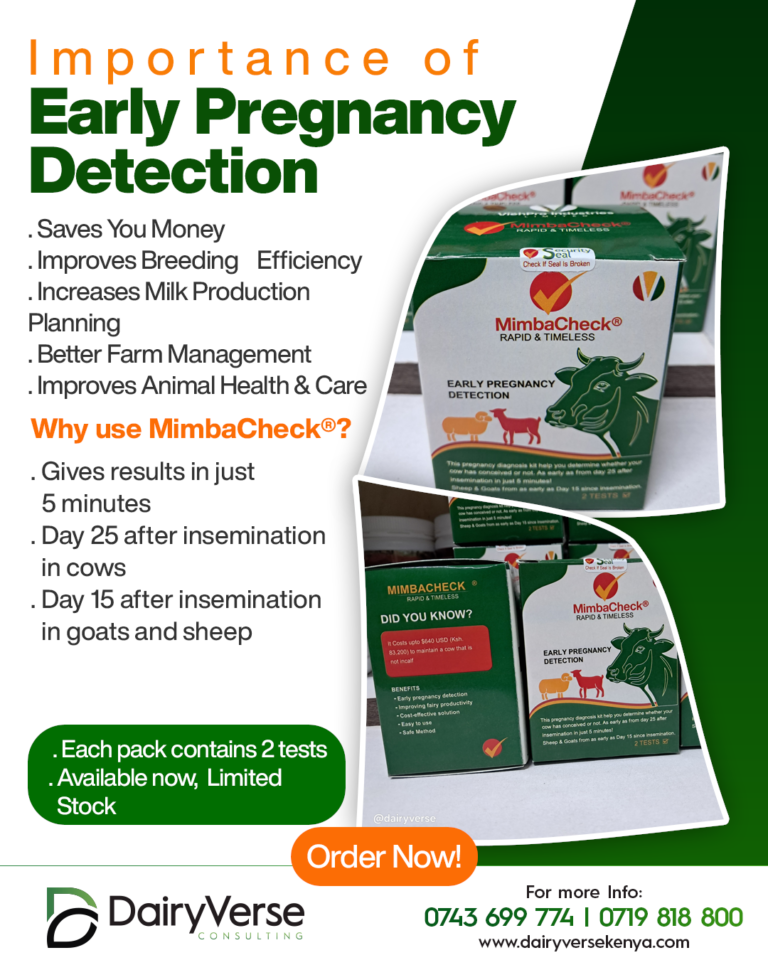Anaplasmosis in Cattle: Causes, Symptoms, and Prevention
Anaplasmosis is a significant infectious disease in cattle, impacting herds across tropical and subtropical regions. This condition, caused by the bacterium Anaplasma marginale, can lead to severe anemia, reduced productivity, and economic losses if not managed promptly.
This article delves into the causes, symptoms, and prevention strategies to help you protect your cattle from anaplasmosis.

What Causes Anaplasmosis?
Anaplasmosis spreads primarily through:
- Ticks – Certain tick species act as carriers, transmitting the disease during feeding.
- Insects – Blood-feeding insects, such as biting flies, can also play a role in spreading the infection.
- Contaminated Equipment – Sharing needles, dehorners, or other blood-contact tools without sterilization can transmit the disease.
Symptoms of Anaplasmosis
The disease primarily affects red blood cells, leading to anemia and other health issues. Look out for the following symptoms:
- Lethargy: Reduced energy and movement.
- Pale or Yellow Mucous Membranes: Signs of anemia or jaundice in the gums or eyes.
- Fever: High body temperature during the acute stage.
- Weight Loss: Rapid loss of weight due to decreased appetite.
- Constipation: Reduced bowel movements, which can occur as the animal’s health declines.
- Abortion: Pregnant cows may abort because of stress caused by the disease.
- Death: Severe cases, especially in older animals, may result in fatalities if not addressed.
What to Do if You Suspect Anaplasmosis
If you observe these symptoms in your cattle, contact a veterinarian immediately for diagnosis and guidance. Early intervention is crucial to manage the disease and prevent its spread within the herd.
Preventing Anaplasmosis
Prevention is the most effective approach to avoid anaplasmosis. Here’s what you can do:
- Tick and Insect Control: Implement measures to reduce tick and fly populations, including sprays, dips, and farm hygiene practices.
- Clean Equipment: Always sterilize tools and needles before using them on multiple animals.
- Monitoring and Isolation: Keep an eye on your herd for symptoms and isolate sick animals promptly.
- Vaccination: In some regions, vaccines may be available to reduce the severity of the disease.
Post-Treatment Care
After consulting your veterinarian and following their treatment plan, consider incorporating Restore Plus® products into the recovery process. These products:
- Help sick cows recover faster by providing targeted nutrients.
- Boost immunity, ensuring that the cow regains strength.
- Support recovery, making the cow healthier, stronger, and more productive.
By combining veterinary care with effective recovery solutions like Restore Plus®, you can give your cattle the best chance to recover fully and thrive.
Protecting your herd from anaplasmosis begins with proactive measures and prompt action. Regular health monitoring, proper farm hygiene, and professional veterinary advice will keep your cattle healthy and your farm productive.







